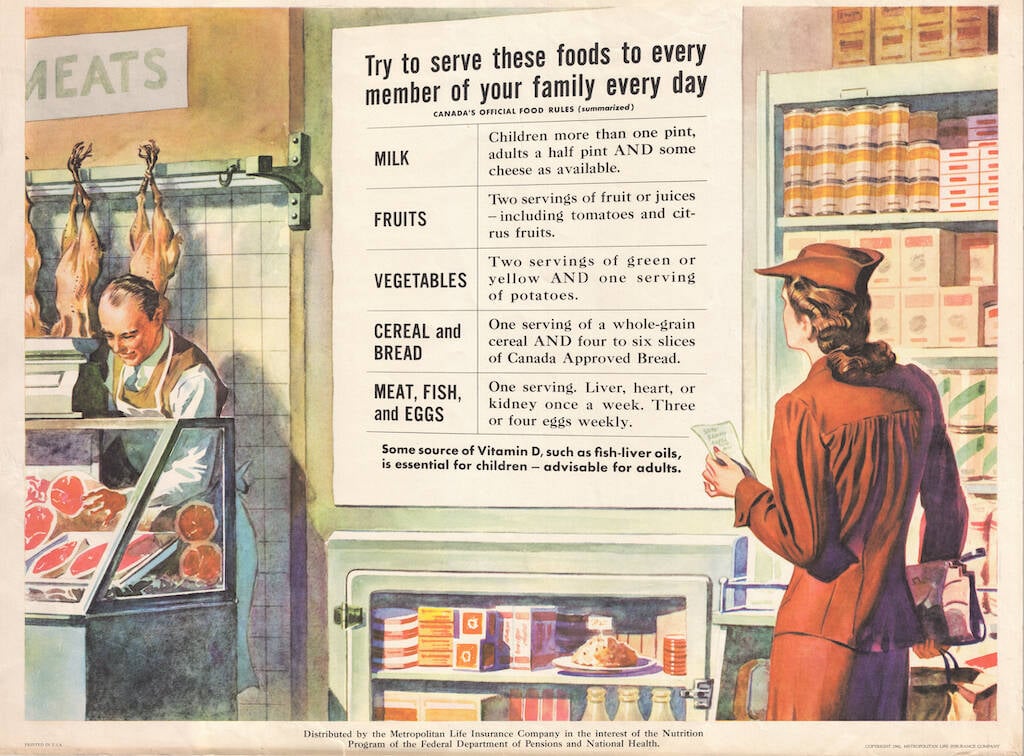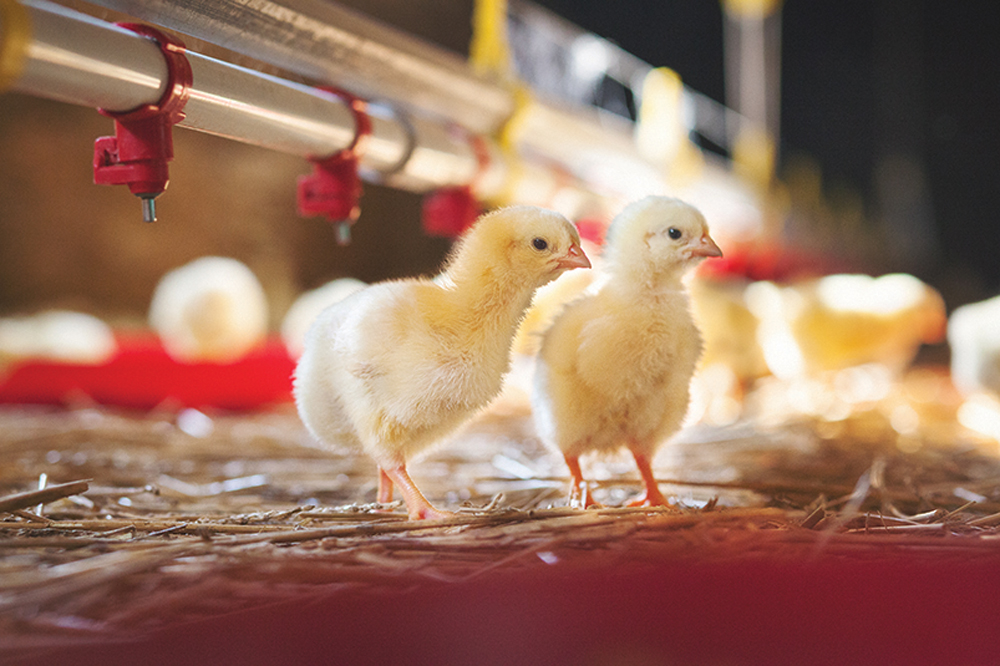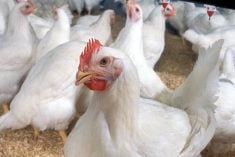With migratory birds set to return soon, Manitoba poultry groups are bracing for an increased threat of bird flu.
“We’re hoping for the best but we’re preparing for another challenge like we had in the fall,” said Cory Rybuck, general manager of Manitoba Egg Farmers.
Migratory birds are considered the most common source of Highly Pathogenic Avian Influenza (HPAI) infections on farms. Clothing and equipment can become contaminated by droppings, which can then spread the disease.
Read Also

Canada’s ‘Harvest for Victory’ in the Second World War
Propaganda posters celebrating farming show the legacy of Canadian agriculture during the Second World War.
“Scientific evidence indicates that HPAI circulates naturally in wild birds, and is spread through migratory birds,” a Canadian Food Inspection Agency spokesperson told the Co-operator. “Spring migration for birds has already begun and is expected to last until June.”
At time of writing, no cases of HPAI had cropped up this year in Manitoba, though 58 premises have already been infected in Canada, CFIA records showed.
Last year saw 21 confirmed cases of the disease in Manitoba, and about 287,000 birds died or were euthanized.
Manitoba’s poultry groups have been using the quiet months to prepare for possible spring infections, Rybuck said. They are working with the province, chief veterinarian’s office and each other to become more efficient.
“We learned a lot of lessons through the spring and fall of last year,” Rybuck said.
Groups developed a one-stop website with a roadmap for farmers and industry members to navigate an infection, with information on what to expect and what forms will be needed.
They’ve also learned more about how to work within a restricted or control zone, Rybuck said, like how to get timely permits for moving eggs out and moving feed in.
Control zones require a CFIA permit for anyone moving poultry or poultry products in, out or around the region.
Manitoba Chicken Producers has worked to improve processes for when a site has been declared infected, to shorten the timeline for removing that designation, said executive director Wayne Hiltz.
Chicken farms continue to practice enhanced biosecurity as migratory bird season approaches, Hiltz said.
“Producers can do everything right, and still find themselves in an unfortunate highly pathogenic avian influenza situation. Each of those situations can have ripple effects, whether that be other producers in the infected zone or restricted zone, or downstream producers if the infected site happens to be a breeder operation,” he added.
One of the sites infected last year was a breeder operation, Hiltz said. This led to several broiler producers receiving fewer chicks than expected. Two broiler farms missed a flock each due to being in infected zones, he added. This didn’t affect the chicken meat supply as those birds were placed elsewhere.
While some areas of North America saw egg shortages, that wasn’t much of an issue in Manitoba, which produces more eggs than it consumes, Rybuck said.
















